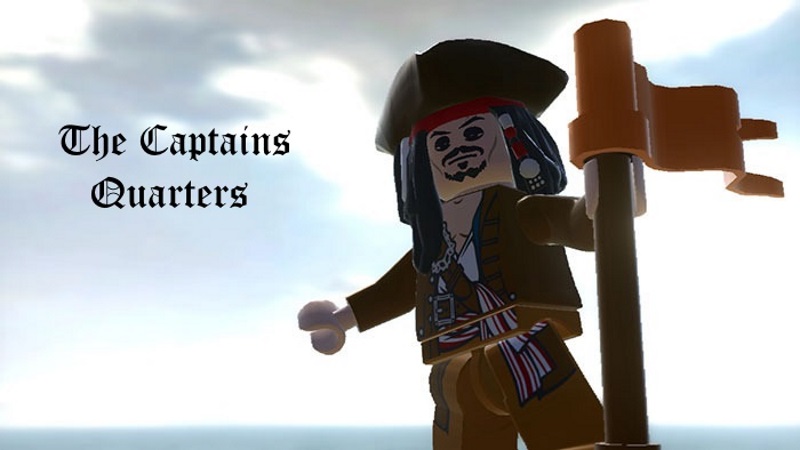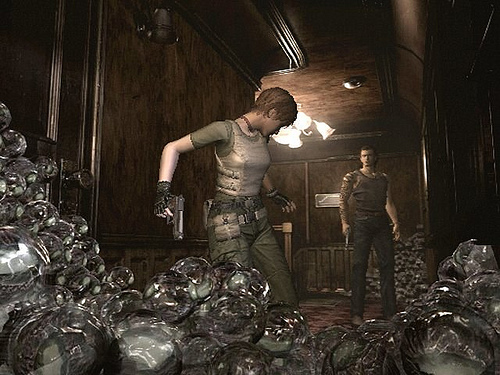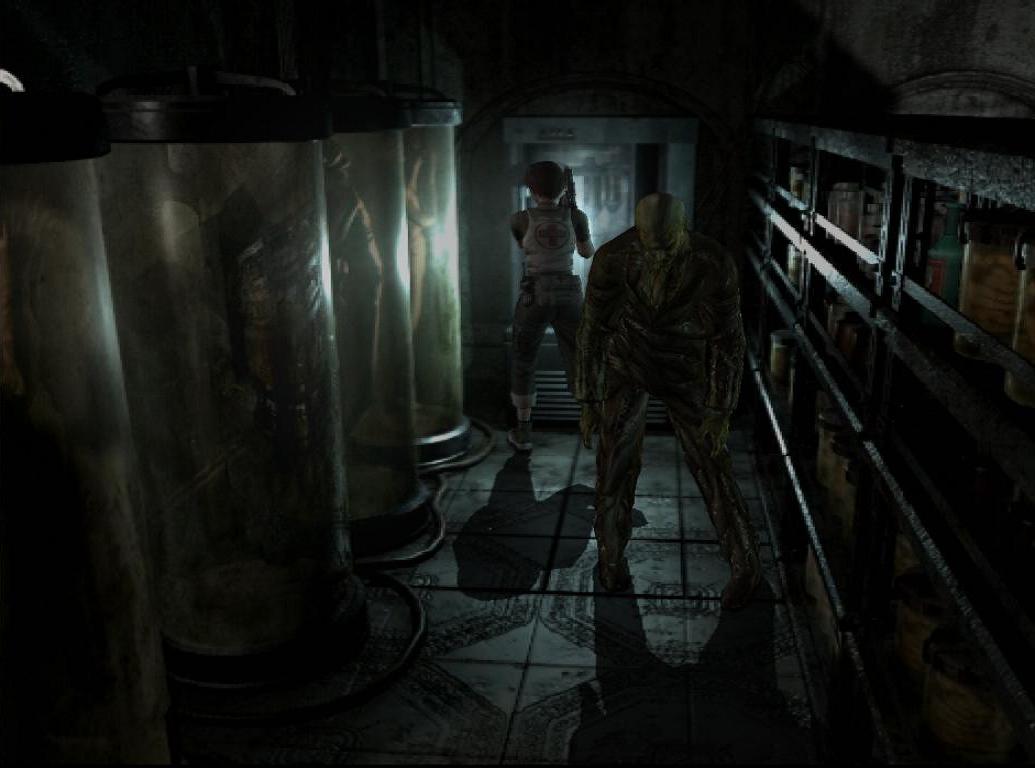 System(s): Super Nintendo, Mega Drive, Amiga, Amiga 32CD, CD-i, Game Gear, 3DO, PC, Arcade
System(s): Super Nintendo, Mega Drive, Amiga, Amiga 32CD, CD-i, Game Gear, 3DO, PC, ArcadeGenre: Beat em' Up
Developer: Mirage, Data Design Interactive
Publisher: Acclaim Entertainment
Release Dates:
Worldwide - December 1994
Note: This review primarily used the Super Nintendo and Mega Drive versions.
It seems that the video games industry works in cycles. Some generations will place importance on power or graphics, like the infamous 'bit wars' of the 90's. The same could be said of this generation and last, with big budget games like Call of Duty. Often though, technological and visual superiority isn't necessary in order to make a best-selling or well-loved console or even great games. The PlayStation, PlayStation 2 and Wii are all proof of that, as well as numerous successful games that don't push the hardware and focus on fun factor or deep gameplay mechanics, such as Elite, Tetris or Pokémon.
Unfortunately, despite all the evidence that makes this obvious, many gamers, developers and publishers haven't quite gotten this point. The following review is a cautionary tale that I hope will raise awareness of the dangers of focusing on flashy graphics above everything else. That tale begins in 1994, in the run up to the release of a game called Rise of the Robots. I feel like it's my duty as a gamer who has been playing since the late 80's (barely out of nappies at the time), to pass down this story to younger generations unfamiliar with it. Experiencing games like this are almost a painful right of passage, like having your heart broken by someone you love.
 Ah 1994. Such exciting times. Sega was no longer keeping up the transparent marketing façade that they did what 'Nintendon't'. The Super NES was beginning to show its' quality with games like Donkey Kong Country. New CD technology and Full Motion Video were being touted as the next biggest thing and there were still multiple console competitors selling a few million consoles rather than just two electronics titans dominating. Arcades were still around, although entering their final years. Something else, arriving that year that made 94' so exciting was a 2D tournament fighter showcasing extremely pretty 3D character models. If you opened a gaming magazine in 94' there was a good chance you got swept up in the hype hurricane created by Rise of the Robots. And a destructive hurricane it was.
Ah 1994. Such exciting times. Sega was no longer keeping up the transparent marketing façade that they did what 'Nintendon't'. The Super NES was beginning to show its' quality with games like Donkey Kong Country. New CD technology and Full Motion Video were being touted as the next biggest thing and there were still multiple console competitors selling a few million consoles rather than just two electronics titans dominating. Arcades were still around, although entering their final years. Something else, arriving that year that made 94' so exciting was a 2D tournament fighter showcasing extremely pretty 3D character models. If you opened a gaming magazine in 94' there was a good chance you got swept up in the hype hurricane created by Rise of the Robots. And a destructive hurricane it was.The plot of Rise of the Robots is based on a cyborg called 'The Supervisor' contracting a computer virus and going rogue, killing humans. The company who built it have managed to quarantine the threat, but not before The Supervisor infected every other robot in the facility, with only a single exception - your avatar. This robot is unaffected by the virus due the fact it contains fleshy organic material, making it a true cyborg and also making this the most unfulfilling and boring one-on-one fighter ever. This sets up one of the biggest of the many disappointments this rancid dogs' dinner serves up.
Tournament Fighters are normally considered exciting for primarily two reasons. The first is the eclectic array of assorted misfits and madmen to choose from, allowing for some truly strange and unique character designs that always looked like the designers let their imaginations run amok. The second is the dazzling array of moves you can pull off that are unique to each fighter, including some bone crunching or wince-inducing special attacks. Rise of the Robots has neither of these. You control only one uninspired humanoid cyborg with few distinguishing features - yes, that vanilla, offensively inoffensive 'mascot' on the cover.
The other robots in the game look moderately well designed, as though pulling off moves could be an absolute blast. You think about just how entertaining this game could have been. The plot says hell no. No chance. Not content with basically ripping off the Terminator franchise's concept of machines turning against mankind, the limited nature of the plot demands you control this one character only. Not even an option to unlock the others. It's almost as if gameplay was just an afterthought. In other fighters, playing the game multiple times is expected because doing so with each character gives you a unique ending and sometimes unlocks new fighters. This would be redundant in Rise of the Robots due to the plot, backing the gameplay into a corner.
As if to tease you, there is a training mode that lets you play as other robots, but since the moves are the same but just look different due to the designs of the robots, it's pointless. It gives you a glimmer of hope and then fails to deliver. You'll notice this is a common theme here. Multiplayer allows you to play as the other robots too.....but only one of the players. Someone has to be the cyborg from single player. There is absolutely no reason why. Maybe they wanted to give the other player the feeling that they were role playing The Supervisor and its merry collective of terribly programmed fighters, but if you wanted that feeling, you would be better off playing a board game like Dragon Strike or Hero Quest. Besides, after five minutes of playing this, would you even admit to a friend you bought this game, let alone invite them over to play multiplayer?
I could have been willing to overlook this so long as there was at least some fun moves to play with or some interesting strategy needed to win. This, however, was wishful thinking on my part. This cutting edge, flashy game with FMV that at one time was getting people drooling over some magazine still images in anticipation boasts exactly two moves. TWO F*CKING MOVES. But wait - there's more! Two moves is really a luxury. It's the game being generous. Really, who needs the bother and hassle of pressing more than one combination of buttons over and over? That's right: the entire strategy for this game revolves around kicking after backing your opponent into a corner. The A.I on occasion has insane reach and damage, and yet still doesn't respond to your attack intelligently, in spite of the 'adaptive A.I' the developers promised.
Rise of the Robots was ported to anything and everything available at the time. It was, after all, 'cutting edge', with FMV cut scenes and 3D polygonal models. Every system should prepare for the inevitable march of progress, right? Well, this game should really have stuck to CD based systems like the PC and Panasonic's 3DO, as they look stunning and animate well and movement is fluid. The full FMV sequences are on a par with many of the PlayStation games that followed. Unfortunately the relentless focus on technology backfired massively, which is quite fitting considering the plot is about technology going bad and becoming the downfall of humanity. When porting to older home consoles like the Super NES, much of the FMV was lost and immense amounts of space on the cartridges taken up by the FMV results in messy, choppy frame rates. The Game Gear version is undoubtedly the worst of the bunch though. The A.I is the complete opposite - relentless and unforgiving. No version seemed to get the balance right.
As for the music, the title theme is the only interesting song, some nice guitar twang followed by an orchestral score. Nothing amazing, but gets the job done. The Mega Drive version though, just sounds like white noise. Besides this, the music is mostly forgettable repetitive techno. Brian May was advertised on the cover, yet due to delays his music was cut from the game apart from a few seconds of guitar from the aforementioned title theme.
As well as the amazing few seconds of Brian May's guitar making this game go from an abomination to worthy of platinum status (hahahahahahahaha no really), reference is also made on the box to the cartridge size, as though consumers were supposed to think "wow, there's a lot to this game.....32 MEGS!? AWESOME." In reality, unlike Capcom putting Resident Evil 2 on the N64 with FMV's intact, which was a significant technological achievement and a great game to boot, it really adds nothing but a sound bite in an era where marketers were obsessed with these kind of technical specs. Even the back of the box is full of meaningless marketing speak. Morphing characters? No, one, not multiple - the end boss. Also, to this day I have no idea what Ray-traced graphics are. It might be a stupid way of saying motion capture. But really who cares? All I know is, it doesn't stop me wanting to flush this turd down the toilet.
 Perhaps fittingly, the 3DO as a games console shares many similarities with this game. Aggressively marketed, limited choice, largely seen as some kind of showcase for the future of gaming, using technology too far ahead of time and emphasising raw power and sound quality over, well, everything else. Not to mention being poorly received by both critics and consumers. It's like they were made for each other. Yuck. I hate to imagine the poor sap who bought both, still convinced by the infamous adverts throwing Sega and Nintendo consoles in the bin that the 3DO was an adult console. That whoever was in such a situation might have cried themselves to sleep each night is not beyond the realms of possibility.
Perhaps fittingly, the 3DO as a games console shares many similarities with this game. Aggressively marketed, limited choice, largely seen as some kind of showcase for the future of gaming, using technology too far ahead of time and emphasising raw power and sound quality over, well, everything else. Not to mention being poorly received by both critics and consumers. It's like they were made for each other. Yuck. I hate to imagine the poor sap who bought both, still convinced by the infamous adverts throwing Sega and Nintendo consoles in the bin that the 3DO was an adult console. That whoever was in such a situation might have cried themselves to sleep each night is not beyond the realms of possibility.To be honest, I intended to do this review a month ago. I just really really really didn't want to have to play this, preferably ever again. Rise of the Robots is like being offered the most mouth watering cheesecake all evening in a restaurant only to see it thrown in the bin and getting bitch slapped hard in the face for daring to ask for a piece while the waiter refuses a refund. It makes Peter Molyneux and his hype of Fable look like a storm in a teacup by comparison, and I think demonstrates my point that the industry is doomed to fail to learn from, and therefore repeat, past mistakes, unless the mark left by this stain on the games industry is always remembered. It gets a one out of ten for existing, and even that is being generous.
Summary
+ Look pretty for 3D graphics in that era
- Forgettable music
- Only one character in a tournament fighter
- Only two moves
- Advertising on the cover blatantly misleads
- A.I is awful and the difficulty lacks any balance as a result
- Frame rates are terrible
- FMV sequences aren't even in full on every version
- Unoriginal plot that wasn't even needed
Overall Score
1/10
1/10

























